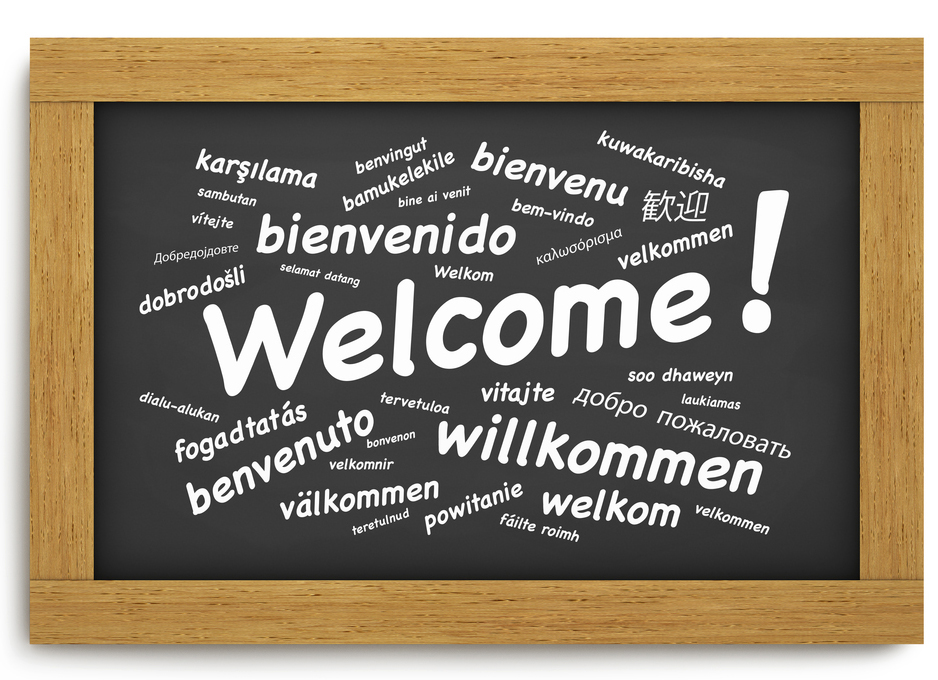SEO Best Practices: How to Create a Multilingual Website
More and more companies and entrepreneurs are striving to create a multilingual website for their business needs – whether that’s in order to expand into other countries or be able to communicate with clients in multiple languages.
This is increasing competition, as companies are now competing in both the local and international markets.
When creating a multilingual website you must also plan for the further promotion of your project in search engines, and to create a multilingual site according to the major SEO optimization rules.
There are several basic methods for implementing a site in different languages, which we will talk about today, and we will try to find the right solution for creating a multilingual site for you.
Which CMS is best?

Your first decision is to choose a Content Management System (CMS).
I would recommend going with an open-source CMS, rather than a custom one, as these have thousands of developers all working to improve them and it means that if your initial developer isn’t available for a project in the future, you can always find a different developer to implement any additional changes.
WordPress, Drupal, and PrestaShop are all good CMS systems for multilingual sites and I would recommend any of these, as they all allow you to create a multilingual website with good SEO relatively easily.
We have a few SEO best practices tips from a leading digital marketing agency, so let’s learn how to configure your multilingual site.
The primary method to configure a multilingual website is in one of the following ways:
- Creating separate sites on different domain names (site.com for English, site.fr for French, site.de for German, etc.);
- Creating 1 site and using separate subdomains (en.site.com, fr.site.com, de.site.com);
- Creating the website in categories/folders (site.com/en, site.com/fr, site.com/de).
There are successful international websites that use all 3 of the above strategies.
If you have a keyword-rich domain name (e.g. scottishweddingceremony.co.uk), rather than a brand name, then you’re best using a completely separate domain name for the foreign language versions of your site, in order to make sure it makes sense to them.
Google will also put .fr’s higher in France, .de’s higher in Germany, etc. so using country-specific domains gives you this advantage.
Creating a language version on a separate domain or subdomain can be achieved in one of two ways:
- Setting up a server to process a subdomain as a language parameter (within a single site), in the administrative part there are pages with fields for different languages. Drupal, WordPress, and PrestaShop all allow you to do this, whether you’re using a separate domain or subdomain and this is the preferred option if the content is similar on different sites (e.g. an e-commerce website);
- Copying a site into physical folders of the subdomains or separate domains – in this case, each website is separated and independent from each other.
From an SEO optimization point of view, the process of implementing multi-language sites on subdomains or separate domains is practically identical.
This method is used by the large portals and Internet hypermarkets. Sometimes the subdomains are rendered by local sections or large parts of online stores.
The only difference in cost with separate domains if you use the same database with a language parameter is that you have to renew the domain each year. This is typically only a few dollars/euros, so isn’t significant compared to the potential SEO benefit.
For help with website translation and multilingual SEO on your site, visit www.indigoextra.com/multilingual-seo.
Remember to translate Meta tags, URLs and Messages.
When you translate your website for optimal SEO and user experience, it’s essential to also remember to translate the following:
- Meta tag Title – The title of the page that appears in search results
- Meta tag Description – The description that also appears in search results
- URL – The web address of the page
- Automated messages – Any automated messages saying ‘your product has been sent’, ‘out of stock’, etc.
The first 3 are all important for your SEO and automated messages ensure that customers know what’s happening after they’ve ordered a product, or when they visit your site.
What about Google Translate as SEO Best Practices?
There are certain ways to implement the multilingual versions of your website via Google Translate.
It allows you to create a site in one language and translate it each time you access a particular link.
However, to create a full version of the website in another language, this method is far from ideal as the translation will be flawed, sometimes even unreadable and Google also considers an automatic translation to be spam, so the translated version of your site won’t rank at all well in the search results.
Conclusion
For best results manually translate your site with an experienced translator and creating a separate domain for each language, either using your brand as the domain name, or a localized keyword.




















